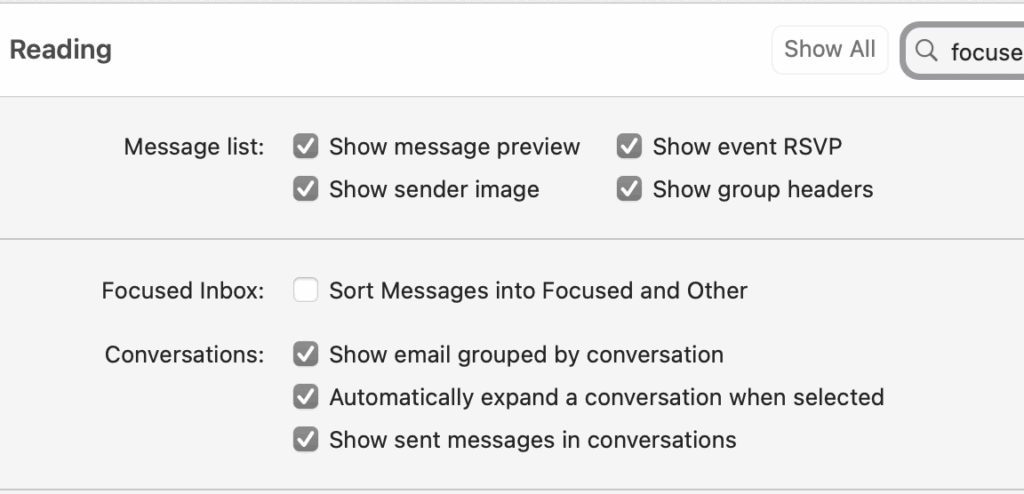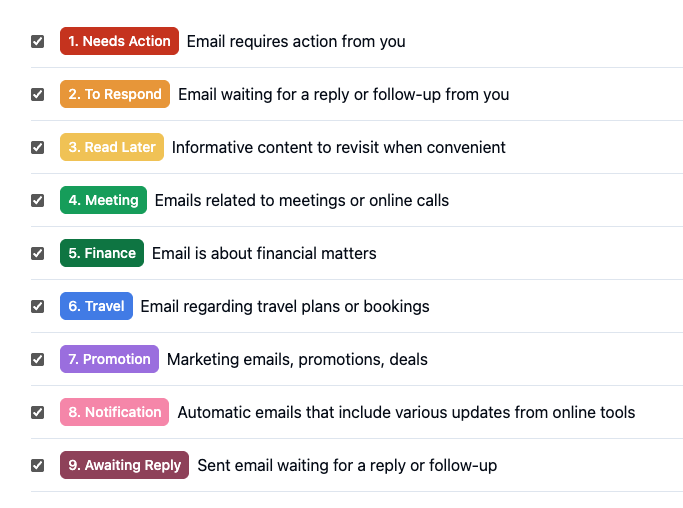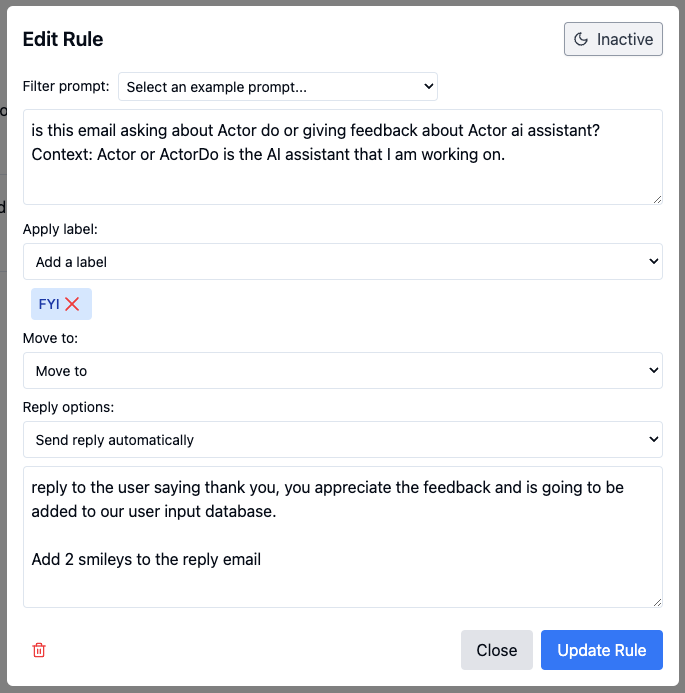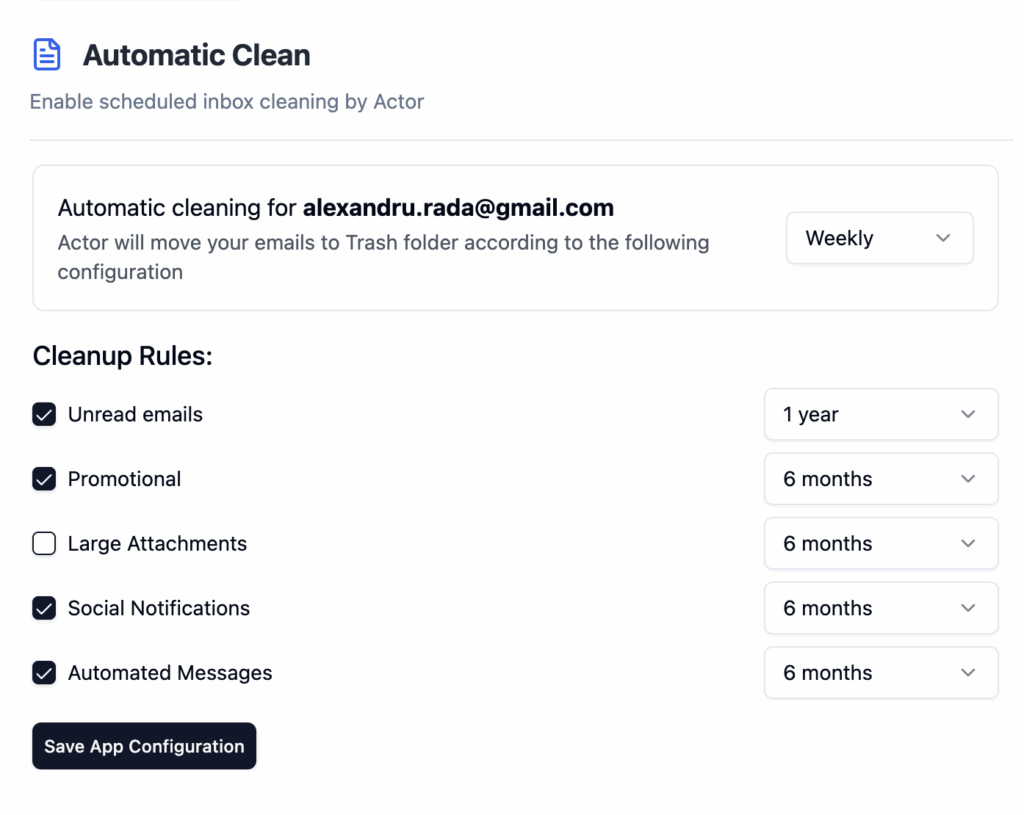Inbox Zero Outlook
Inbox Zero for Outlook: many speak about it, but nothing very specific how to approach it. Let’s see how Actor can help you achieve Inbox Zero in Outlook
As presented in our strategy article, Inbox Zero does not mean “zero emails” but “zero unhandled emails”. Hard to achieve, but not impossible.
That’s why we build Actor Ai Email Assistant to help with.
Inbox zero means: you’ve processed everything. Nothing left to decide. You’re in control — not your inbox.
1. Start fresh with old emails
It’s hard to stay focused with thousands of old emails staring at you.
Do this:
- Create a folder called
Old Mail - Select everything older than 30 days and move it there
- You can still search for them anytime
- Set a rule to auto-move older emails if needed
With Actor:
Actor can suggest bulk clean-up actions for non-important messages.
3. Set rules to sort incoming emails
Outlook’s Rules are your best weapon against inbox chaos.
Do this:
- Go to Home > Rules > Manage Rules & Alerts
- Create rules to:
- Move newsletters to
Read later - Move receipts to a folder
- Flag emails from your manager
- Move newsletters to
Bonus:
Add a category or flag so you don’t miss key senders.
With Actor:
Actor recommends rules based on your email history and priorities.
4. Use folders and categories smartly
Unlike Gmail, Outlook uses folders and categories.
Do this:
- Create folders like:
Action needed,Waiting,Read later - Use categories (color-coded tags) to mark urgency or topics
- Use Quick Steps to file or categorize in one click
Example setup:
- Red = Urgent
- Blue = Internal projects
- Yellow = Follow up
With Actor:
Actor can apply categories automatically and suggest follow-ups. Actor does this automatically when connecting

5. Turn off Focused Inbox
Focused Inbox splits your view — but it can hide things you need.
Do this:
- Go to View > Show Focused Inbox
- Turn it off to see everything in one list
- Or check Other tab regularly if you prefer it on

turn off focused and other

With Actor:
Actor helps you catch up on emails across both tabs so nothing gets lost. It adds categories to match each email intent.
6. Triage with the 4D method for Outlook
Every time you open your inbox, do one of four things:
- Delete – junk, promos, unneeded threads
- Delegate – forward it or assign via Teams
- Defer – flag for later or move to
Action needed - Do – if it’s quick, reply now

Do this:
- Block 15–30 minutes twice a day to process all emails
- Don’t scroll — act on each email from top to bottom
With Actor:
Actor can draft replies or remind you to follow up on flagged emails.

7. Set a daily inbox routine
Don’t leave Outlook open all day. Check with purpose.
Suggested flow:
- Morning: process new emails
- Afternoon: quick scan
- End of day: clear inbox, no flags or unread left
Tip:
Pin important threads to the top for focus
With Actor:
Actor nudges you to finish inbox at the end of your workday.
8. Automate recurring tasks
Recurring types of emails? Set it and forget it.
Do this:
- Create Outlook rules for vendors, tools, newsletters
- Use Quick Steps to file and reply in one click
- Use Sweep to move/delete repeated senders
With Actor:
Actor can work on your patterns and suggests automation for routine email types.

9. Use search and filters instead of scrolling
Outlook’s search bar is powerful — use it instead of browsing.
Do this:
from:"Elena"– find messages from Elenahasattachments:yes– show emails with filescategory:"Follow up"– see flagged actionsreceived:>=last week– only recent stuff
With Actor:
Ask Actor to pull up emails by sender, topic, or deadline.
10. Review weekly to stay clean
Even the best system needs a reset.
Weekly checklist:
- Check
Read laterand clear it - Review flagged messages
- Archive what’s done
- Adjust rules or folders if needed
With Actor:
Actor sends a weekly summary with pending actions and clean-up suggestions.


